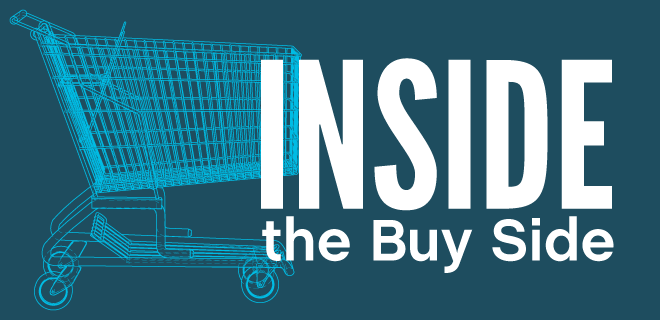
As brands double down in the pursuit of profitable growth, marketers must deliver new levels of efficiency to scale user acquisition (UA).
Doing so profitably starts with performance marketing, which allows advertisers to reach their audiences at scale — and pay for results rather than impressions.
Marketers can use the strategy across apps of all verticals and categories to stimulate specific down-funnel actions. And performance marketing is achievable across channels — including connected TV (CTV)
CTV is now in more than 90% of US households, creating a tremendous opportunity for advertisers to engage with new audiences. This is especially true for non-gaming apps, which can leverage the mobile gaming apps’ technology, strategies, and tactics to acquire high-value users on CTV and beyond.
Let’s explore the unique challenges that non-gaming apps face in scaling their UA, how mobile apps across the board can efficiently optimize toward specific business goals, and what the dawn of precision performance marketing on CTV means for profitable mobile audience growth.
Unique Challenges for Non-gaming Apps
Revenue from non-gaming apps recently surpassed that of gaming apps in the US, signaling a shift in consumer behavior and an opportunity for further growth. The non-gaming category is diverse, from food delivery and finance to health and wellness. But most brands share the challenge of stimulating down-funnel actions, such as purchases, orders, or subscriptions.
While gaming apps often rely on in-app advertising or in-app purchases as their primary source of monetization, as gamers spend minutes or even hours at a time in the app, non-gaming apps often need users to take a particular action in a limited amount of time in the app to generate value.
For example, a food delivery app doesn’t just need people to download their app, even though that could technically qualify as UA. Instead, they need people to download the app and place their first order. Acquiring high-value new users, or those likely to make that first-time order and further purchases, requires first identifying those consumers and then reaching those audiences at scale.
There’s a ton of data to consider, but apps don’t have to go it alone. Performance-driven data partnerships can help brands connect with high-intending audiences, measure success, and continually optimize campaigns to maximize ROI and drive incremental growth.
Fueling More Targeted, Profitable Growth With Performance Marketing
In the example of the food delivery app, advertisers can use performance marketing to understand the impact of their advertising beyond installs. With cost per event (CPE) analysis, campaigns can start to optimize toward the specific “event” of the first-time order.
This performance-based approach enables marketers to understand down-funnel consumer behavior, and anything from completing a level to making a purchase can be optimized as an event. Starting with an app’s business goal, learning periods, and experimentation, marketers can identify an ideal channel mix that yields users most likely to take the specific action.
Machine learning coupled with powerful data analytics can help app advertisers find their ideal audience and continually optimize campaigns in real time to yield more of those specific down-funnel events. This allows apps to scale UA profitably and avoid ad waste on consumers unlikely to generate high lifetime value (LTV).
Opportunity in CTV for App Marketers
While CTV is a new and exciting marketing channel, its pricing model has historically been based on impressions, charging brands for eyeballs rather than results. This can seem hard to justify in our current economic reality, especially for apps operating on thinner margins.
To leverage CTV efficiently, marketers should test its advantages as a performance channel and shift their buying from a CPM to CPI (cost per install) model, making it a natural extension of their UA campaigns.
Marketers should prioritize collaborating with channel partners that provide a single access point across mobile and CTV for their performance campaigns. This enables transparent omnichannel reporting that delivers deeper insights for more holistic optimization across channels.
For example, while tapping into performance-based buying on CTV, marketers can still track performance on a CPE basis, optimizing toward channels where users convert on the desired event, such as first-orders for food delivery apps, as mentioned earlier. This ensures sustainable, cost-effective ROI while increasing user LTV.
By only paying for installs, advertisers turn impressions into a powerful value add for additional brand awareness. For example, users who see a CTV ad for a dating app may not be able to install it immediately, but they may do so later, creating a halo effect from the campaign that delivers long-term benefits.
As viewership reaches new heights and ad spend projected to grow 21% this year, app developers and marketers neve have had a better time to reach incremental new audiences on this channel.
With CPI pricing, efficient performance marketing for apps — relying on the same measurement infrastructure as mobile — is more than possible on CTV. In fact, CTV may be all but necessary to stand out in the increasingly competitive app marketplace and scale revenue through the acquisition of high-value users.